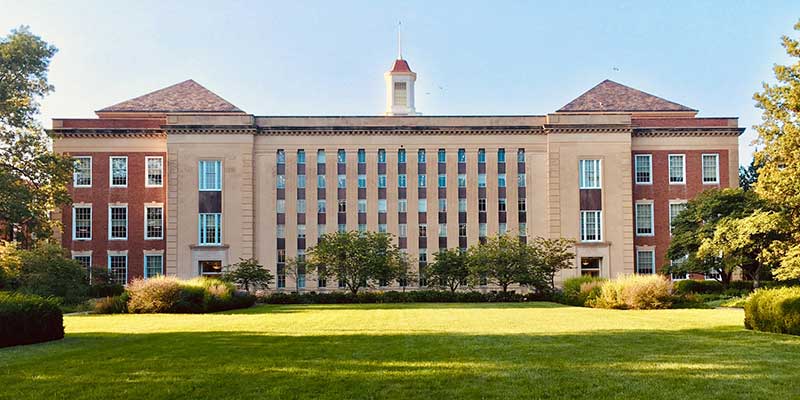
The land of dreams and opportunities, the U.S. offers high-quality educational options for students from around the globe. Be it for the quality of education or the career prospects after graduation, the U.S. has monopolized the attention of most all study abroad aspirants. Let’s take a closer look at the world’s most preferred country for higher education. Nearly 600,000 students from all over the world studied in the United States last year at both the undergraduate and graduate levels. It goes without saying that America offers very high quality post-secondary education. There are more than 4,000 public and private colleges, universities, and community colleges in the United States, including over 600 public four-year colleges and universities and over 1,650 private four-year colleges and universities. These traditional institutions enroll nearly 15 million students. In addition, over 6,000 non-collegiate post-secondary institutions offer specialized vocational and technical training. Home to diverse ethnicities, highest number of top ranked universities, and picturesque landscapes, the USA is truly a land of opportunities. Choosing to study in the USA offers you the wonderful avenue of growing academically, culturally and socially.

